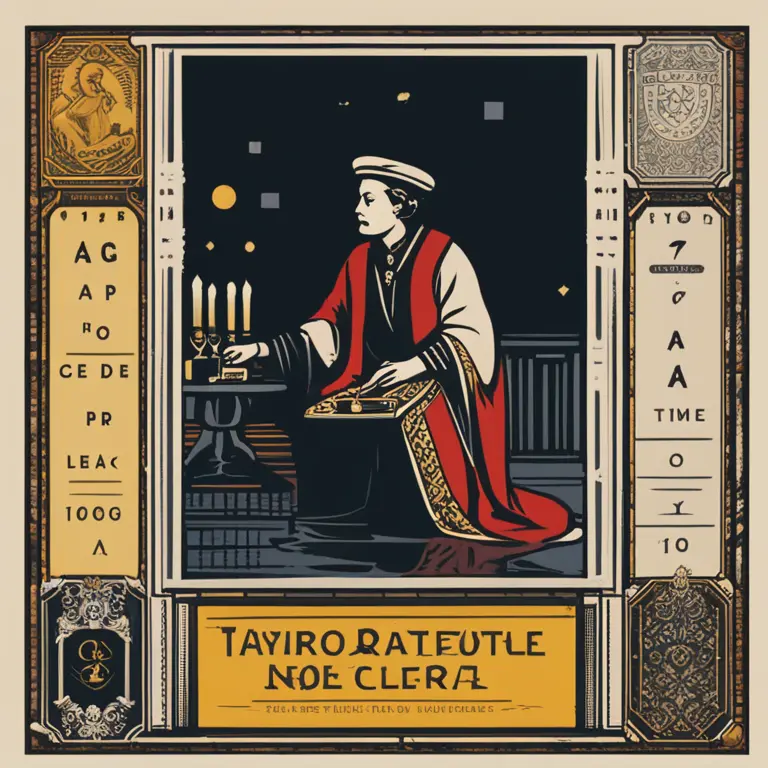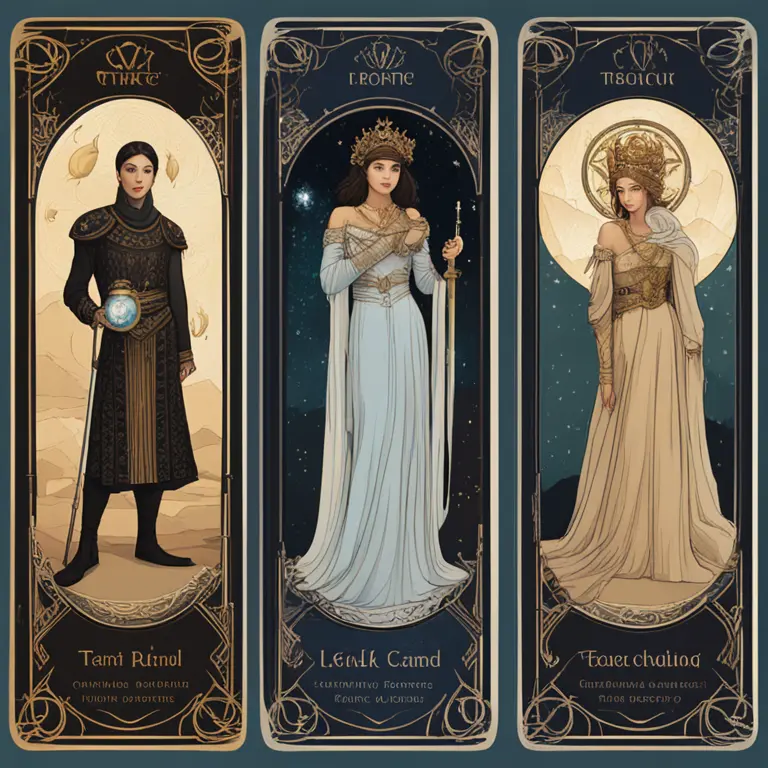
Introduction to Yes-No Tarot
When you seek clear-cut answers from the tarot, yes-no questions can be remarkably satisfying. Tarot readings often delve into the nuanced tapestry of our lives, but sometimes you're in need of a straightforward "yes" or "no". This is where yes-no tarot cards come into play. They are part of a simple yet profound technique that interprets the tarot's arcane imagery to yield a binary answer. In such spreads, each card's traditional meaning is distilled into a positive, negative, or neutral response.

Key Cards and Their Meanings
Yes-no tarot readings depend heavily on the nature of the question asked and the cards drawn. Although each card has a complex set of interpretations, here we focus on their distilled essence pertinent to yes-no inquiries. The upright position usually indicates ‘yes’, while the reversed position suggests ‘no’. However, the nuances of each card add depth to these yes-no responses. Cards such as The Fool, The Magician, and The Sun are strong indicators of an affirmative, whereas The Tower, Ten of Swords, and Five of Cups may point towards a negative answer.

The Nuances of Neutrality
Not every tarot card lends itself to a blatant yes or no – some dwell in the realm of 'maybe' or suggest that the outcome is not yet decided. These neutral cards, like The High Priestess or Seven of Cups, may indicate that more reflection or information is required before a true answer can manifest. In such cases, taking a step back and contemplating the broader aspects of your inquiry or drawing additional cards can be helpful in achieving clarity.

Interpreting Reversed Cards
Reversed tarot cards are often misunderstood, but in yes-no readings, they provide essential insights. A reversal doesn't simply mean 'no'; it can also hint at a delay or a 'yes' with complications or strings attached. For instance, The Wheel of Fortune reversed may suggest unpredictable outcomes, while The Empress reversed might hint at creative blocks that can be overcome with effort. Learning to read these subtleties is crucial for a nuanced and accurate tarot interpretation.
Asking the Right Questions
The key to a successful yes-no tarot reading lies in how the question is posed. Yes-no tarot readings are best suited for questions where a binary answer is expected, akin to flipping a coin. However, the art lies in framing these inquiries in a way that is clear and focused. Avoid asking overly broad or complex questions and instead direct your energy into formulating questions that precisely reflect what you seek to know.
Considering the Context
It's important to remember that while yes-no tarot readings can offer immediate guidance, they should not replace thorough analysis or personal judgment. The cards can reflect potential outcomes based on your current path, but they do not define your destiny. As with any divinatory practice, the responses received from tarot should be considered alongside your own intuition and circumstances. As we venture into 2024 and beyond, let these readings serve as a tool to enhance your decision-making process.
Conclusion
Yes-no tarot readings simplify the complex symbolism of the tarot into clear answers for those seeking guidance. Remember, the power of these readings lies not just in the cards themselves, but also in your interaction with them. Use this guide as a starting point to understand the primary cards and their yes-no significances, and embark on your journey of seeking straightforward answers from the mystical world of tarot.
Published: 1/17/2024
Modified: 1/17/2024
More predictions
Come back here soon to learn more about yourself and your future


Do Tarot Cards Reveal Your Future Spouse?
Discover if tarot readings can provide insights into meeting your future spouse and how tarot symbolism unfolds the secrets of love and partnership.


Beginner's Guide to Tarot: A Simple Start
Your journey into tarot starts here. Discover the essential insights of tarot reading in a simple, accessible guide for every beginner.